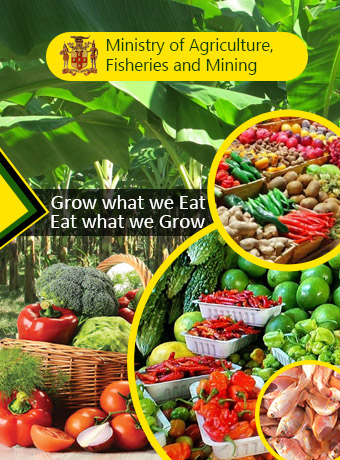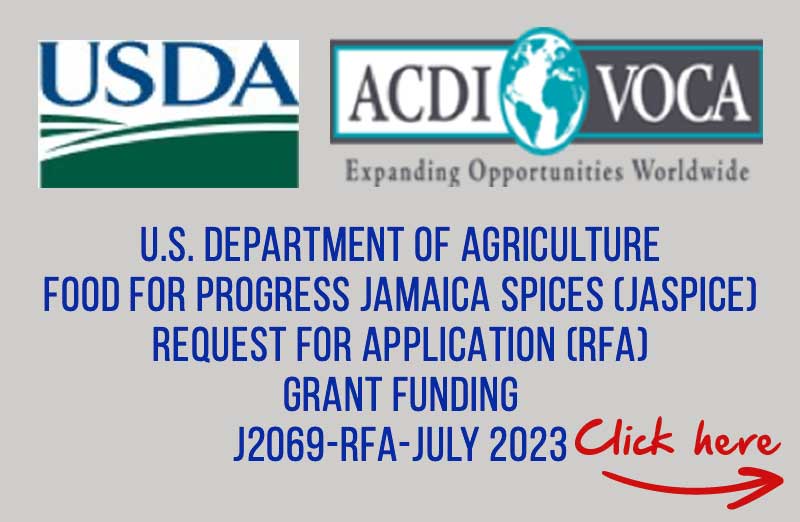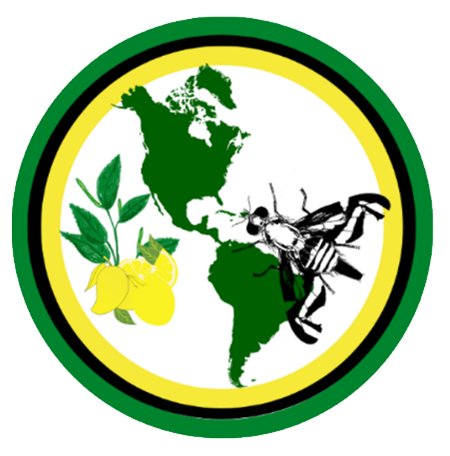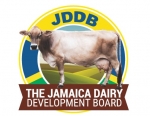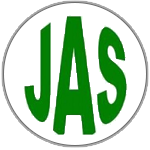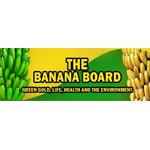
Chairman of the National Fisheries Authority Board (NFA), Lieutenant Commander George Overton.
The National Fisheries Authority (NFA) is exploring ways to supply tilapia farmers will quality fish feed including manufacturing the produce locally.
Tilapia are considered top and middle feeders, meaning that they eat food that floats on the surface of the water or at mid-level.
Speaking at a recent JIS Think Tank, Chairman of the NFA Board, Lieutenant Commander George Overton, said that the feed produced locally, does not float.
“It sinks rather quickly so there is a high amount of wastage as farmers feed their fish. We have been looking at ways and means to bring the proper, floating feed to the market and to see if we can get those feeds manufactured locally so that we can eliminate those importation costs,” he said.
Lt. Commander Overton told JIS News that there are some fish farmers on the island, who are importing good feedstock for themselves. “So, it is to try and encourage the cooperative effort to ensure that we can get sufficient amounts of the good feed into the country and that all the farmers can benefit,” Lt. Commander Overton said.
“This is something that we have discussed at the NFA, and we are in a position now, I believe, to suggest to the Ministry [of Agriculture and Fisheries], that we look at ways of doing this and maybe, even stockpile locally, for it to be available in sufficient amounts to farmers,” he added.
Chief Executive Officer at the NFA, Dr. Gavin Bellamy, told JIS NEWS that under the World Bank Community-based Climate Resilience and Fisheries Project, a consultant has been engaged to look at how the feed can be produced locally to fulfill the needs of fish farmers.
Using feed that sinks, results in higher overhead costs for tilapia fish farmers, as this increases the water needed for the ponds.
“With the fish eating feed as it floats, less is dispersed in the water, so the water columns stay clearer and cleaner. This means less water changes are necessary, so you pay less for the amount of water that you need per crop,” Dr. Bellamy points out.
“If you have these floating feeds and the higher quality feeds, you can get two crops per year,” he pointed out further, noting that many farmers are only producing one crop per year.
Also, under the community-based climate resilience project, a new recirculating hatchery will be installed.“This hatchery is intended to produce up to five million fry per annum, which will allow for there not to be any shortage of seed stock. This is expected to help the rehabilitation of fishponds and the seed stock will be available for all farmers,” Dr. Bellamy said.
A recirculating hatchery is a type of aquaculture system that works by filtering water from the fishpond for reuse. -30-
